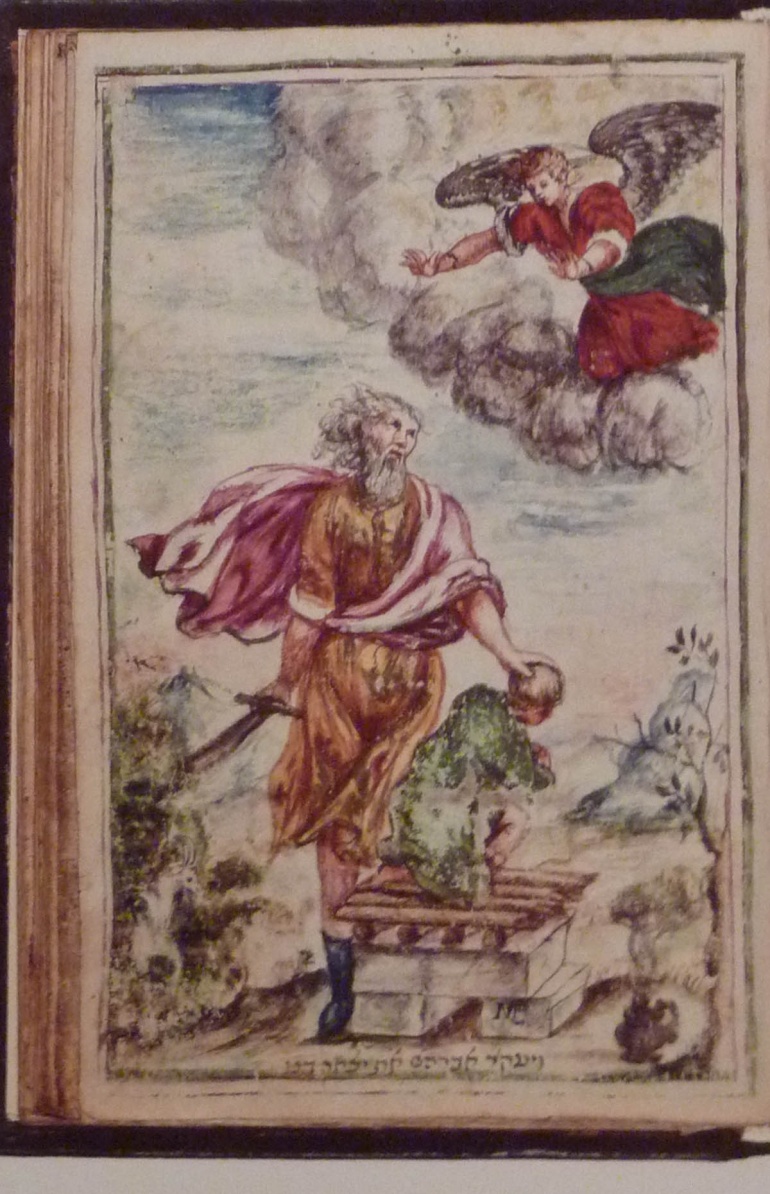Considering Dura: Part III
The significance of the 3rd century Dura Europos synagogue murals paradoxically lies less in their historical importance as the earliest example of Jewish narrative art than in their role as a paradigm of what is possible for contemporary Jewish artists. After…











